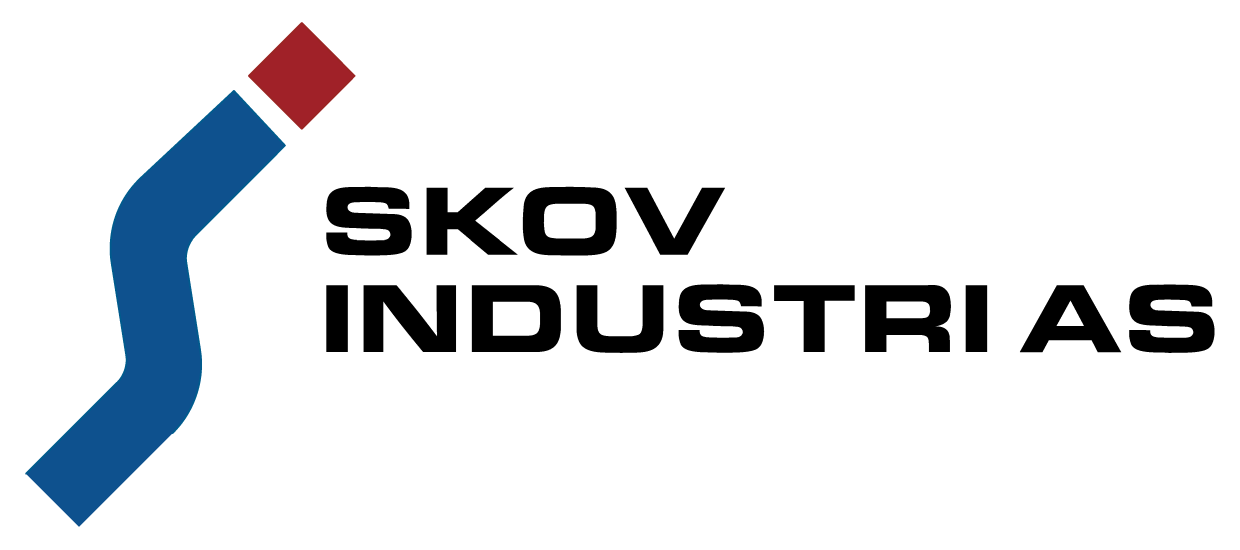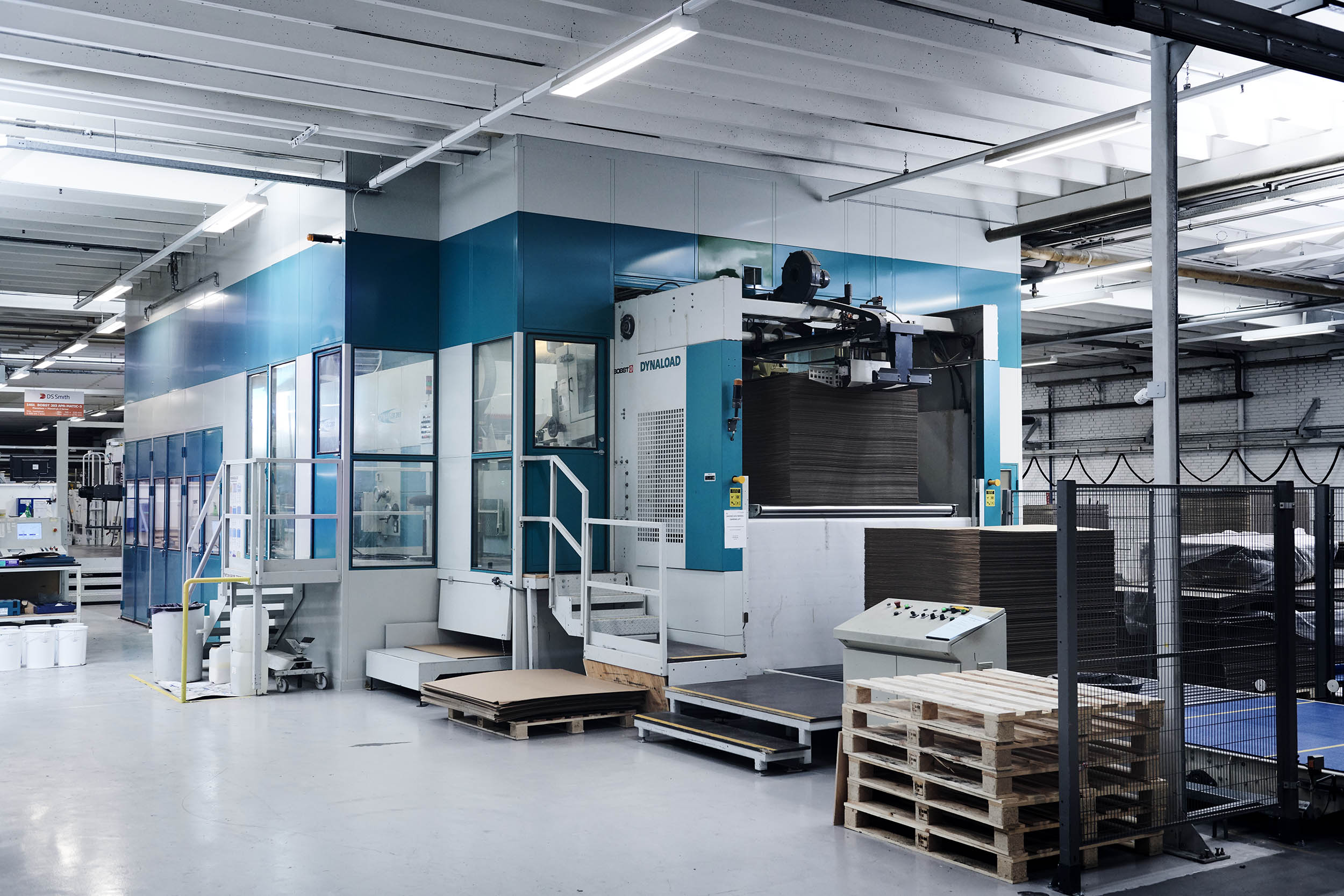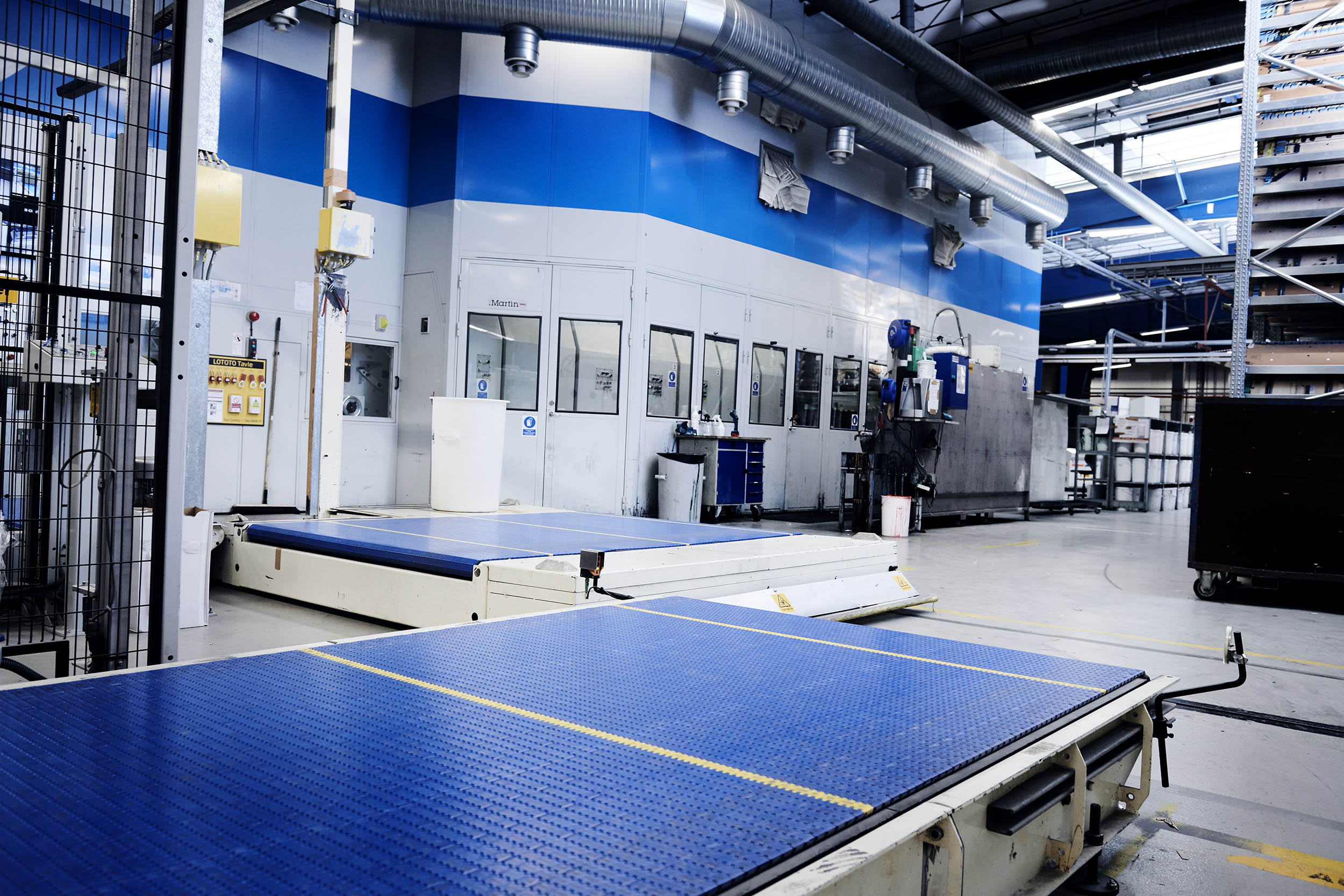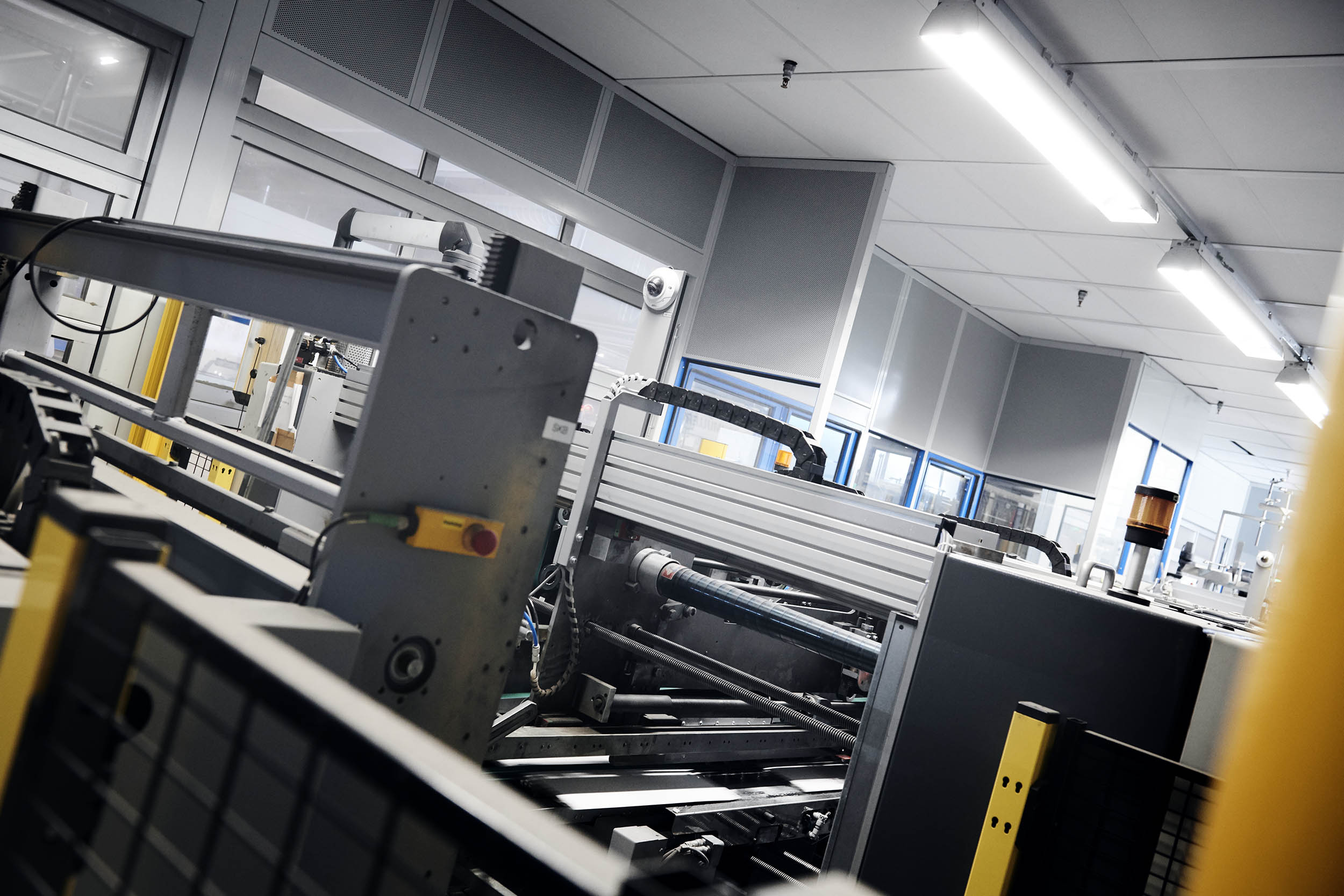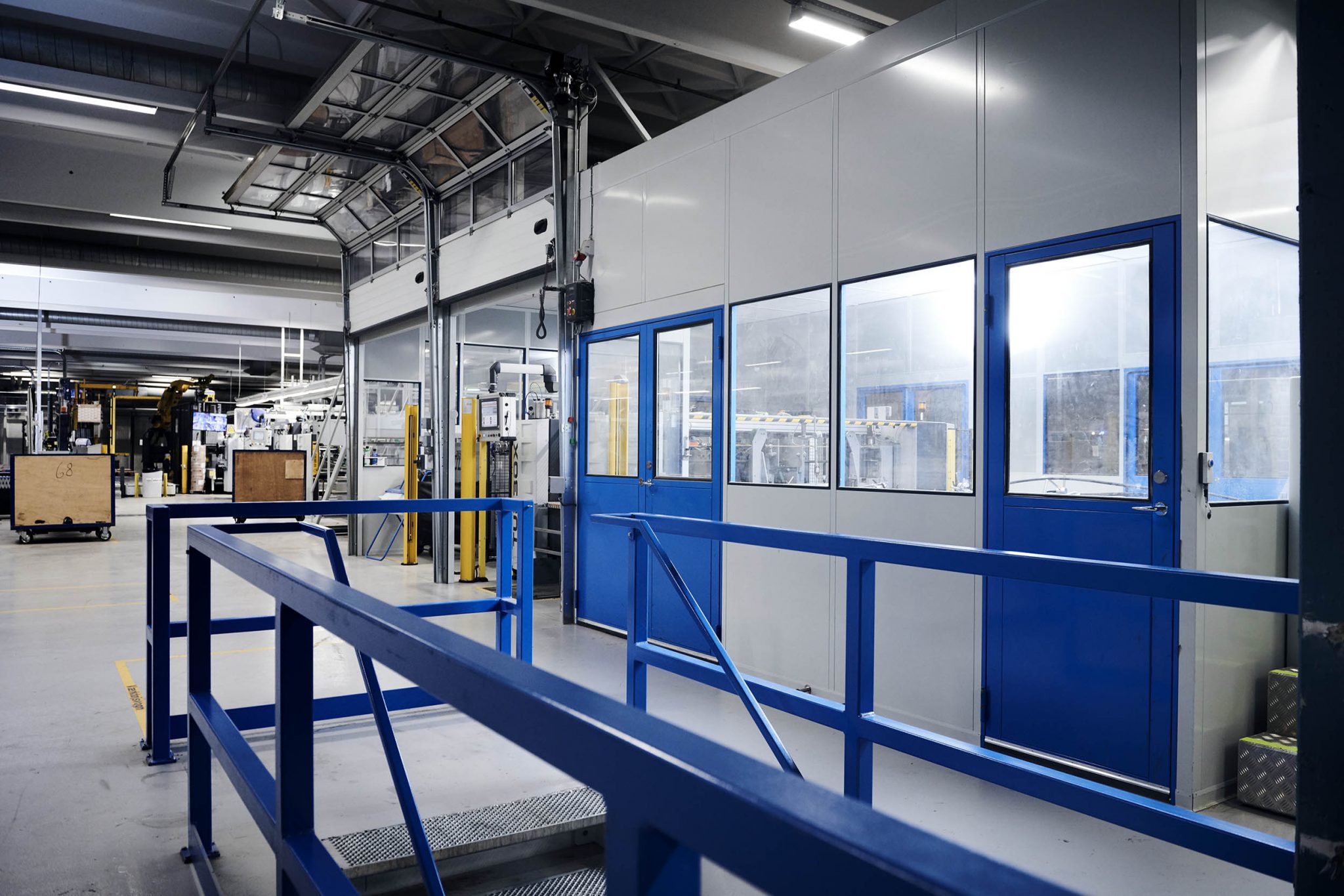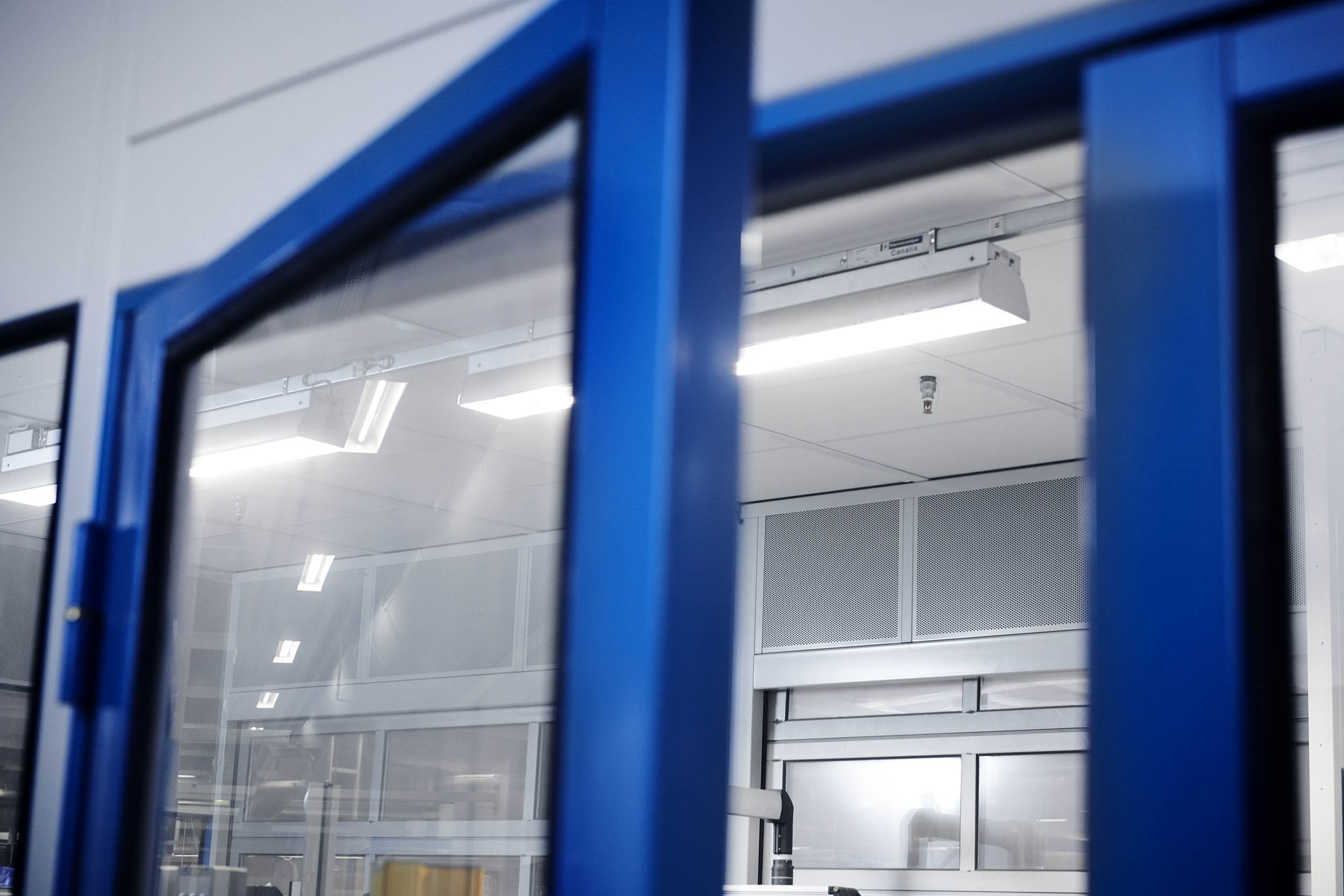Noise reduction
Consulting, planning, manufacturing and assembly.
Skov Industri is a supplier and problem solver in the field of noise reduction and soundproofing of production facilities, machines and robots. As a specialist in noise reduction, we help companies with sound regulation, sound reduction of ceilings and noise reduction of offices and production halls.
Total solution to your noise problems
Skov Industri offers total solutions to noise problems.
We produce ready-made project solutions based on our products from our factory.
A solution from Skov Industri includes everything from surveying, noise measurement, and preparation of solution proposals with drawings, to production, delivery and installation of the finished solution, with associated noise guarantees.
Sustainable Noice reduction
Schallschutz durch Einhausung
Our philosophy
Noise problems are most effectively addressed at the source.
Newer machines and production plants generally make less noise than older ones. Yet we see new machines every day that fall far short of requirements on noise limits and a good working environment when it comes to noise in the workplace.
The quest for efficiency is creating increasingly loud and complex machinery that, despite new technologies, contributes to unacceptable noise levels.
The solution is rarely hearing protection and randomly fitted acoustic tiles. Noise problems are most effectively addressed at the source.
This is best done by insulating the noise source in an effective machine enclosure. If this is not possible, screen walls, noise walls, control rooms, etc. can be installed to provide staff with a safe and comfortable environment.
Keep a focus on noise when designing new machinery, process equipment and robotic solutions.
Avoid unpleasant noise surprises when newly purchased machinery, process equipment and robotic solutions are put into operation. Focus on noise already in the purchasing phase.
Skov Industri is happy to provide advice on noise reduction and assessment of noise data right from the start. We will be happy to draw up a solution proposal with drawings, price estimates and a sound guarantee if required.
MATADOR walls reduce noise – and are 100% recyclable
The continuous development of the MATADOR wall means that Skov Industri today has the best product on the market for enclosing noise from machines, robots and production plants, both in terms of noise reduction and in relation to flexibility, reusability and cleaning.
Read more about noise reduction and acoustics in our learning centre here.
Or contact us if you want to know more.
Our approach
Noise reduction
Our MATADOR solutions include the provision of consultancy, measurement, noise analysis, design, manufacture and installation.
Our consultants’ theoretical knowledge and many years of practical experience in noise reduction, sound absorption and acoustic regulation are the foundation for effective and functional solutions to noise problems found at companies.
Skov Industri offers individual total solutions.
- Noise reduction of production plants
- Noise reduction of machines and robots in industry
- Sectioning and soundproofing of production premises with floor-to-ceiling walls
- Sound insulating wall partitions – See more here
- Office noise reduction with fixed and mobile noise barriers – See more here
- Soundproofed supervisor office, laboratory, storage office and similar. “a room within a room” solutions – See more here
- Room acoustics See more here
Our solutions are designed in dialogue with the customer and include a strong focus on unhindered operation and maintenance of machines and plants.
An efficient and flexible noise solution from Skov Industri is usually based on MATADOR walls, mainly using standard components, but always adapted to the task.
The modular MATADOR noise reduction system is the most flexible and stable on the market, with high quality down to the smallest detail.
With its unique and refined clip system, the MATADOR wall construction ensures 100% recyclability when converting MATADOR solutions.
Requirements for function, user-friendliness and service are ensured with an extensive accessory line of windows, doors, locks, gates, etc. In addition, the powder-coated surface is extremely easy to clean.
All our products are of course noise tested at recognised institutes.
Installation is carried out quickly and efficiently by our experienced fitters so that companies are guaranteed optimum operating conditions during the installation process.
The unique construction of the MATADOR wall ensures quick and trouble-free installation -. This means minimal downtime and operational losses for our customers.
Find out more about noise reduction and acoustics at our learning centre here.
Or contact us if you want to know more.
Shielding methods
Noise enclosure
Enclosing noisy production plants, machines and robots is an effective and economical way to reduce noise.
Skov Industri has 35 years of experience, and we have installed over 1,000 machine enclosures, including large complete production plants, large and small machines, robots, ventilation, pumps, etc., and in virtually all private and public industries.
The modular MATADOR noise reduction system is the most flexible on the market, with high quality down to the last detail, and it is manufactured and powder coated in our 3,300 m2 factory on Funen.
With its unique and refined clip system, the MATADOR wall construction ensures 100% recyclability when converting noise and machine enclosures.
Requirements for function, user-friendliness and servicing of the machine are ensured by an extensive accessory programme of doors, sluices, gates, etc. In addition, the powder-coated surface is extremely easy to clean.
All our products are of course noise tested at recognised institutes.
MATADOR’s unique wall design ensures a quick and trouble-free installation – this means minimal downtime and operational losses for our customers.
Our extensive know-how in noise reduction is of course used in our solutions and is made available to our customers free of charge.
Find out more about noise reduction and acoustics at our learning centre here
Or contact us to find out more about how we can solve your noise problems.
